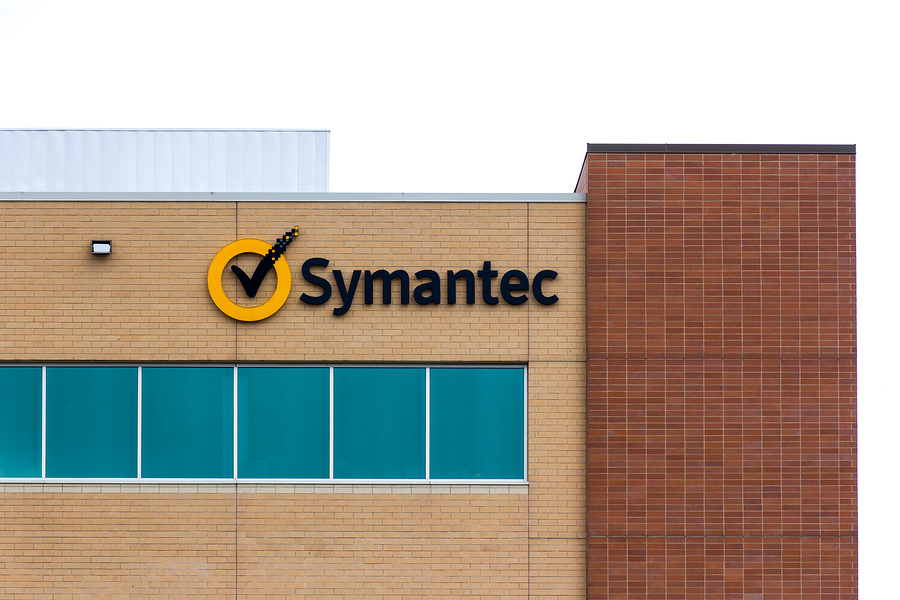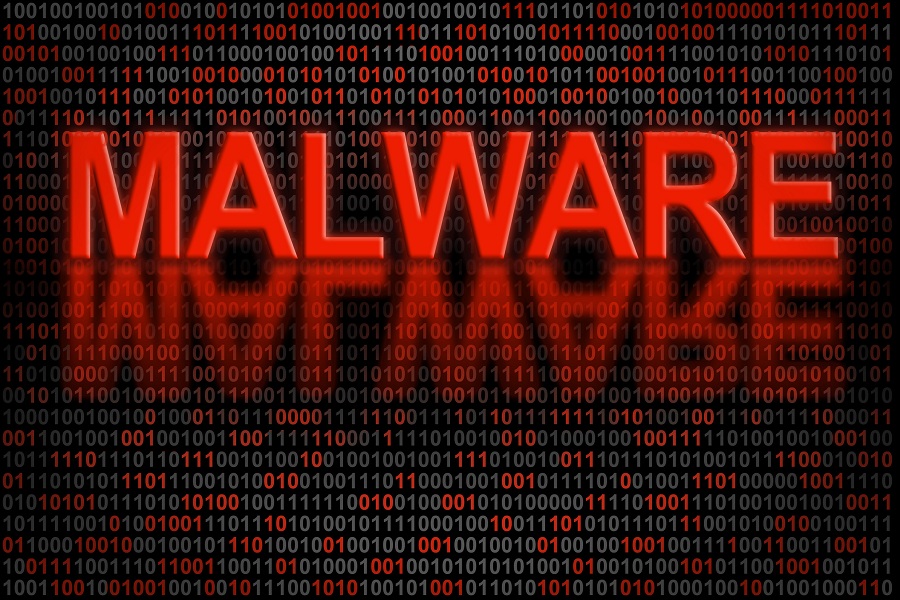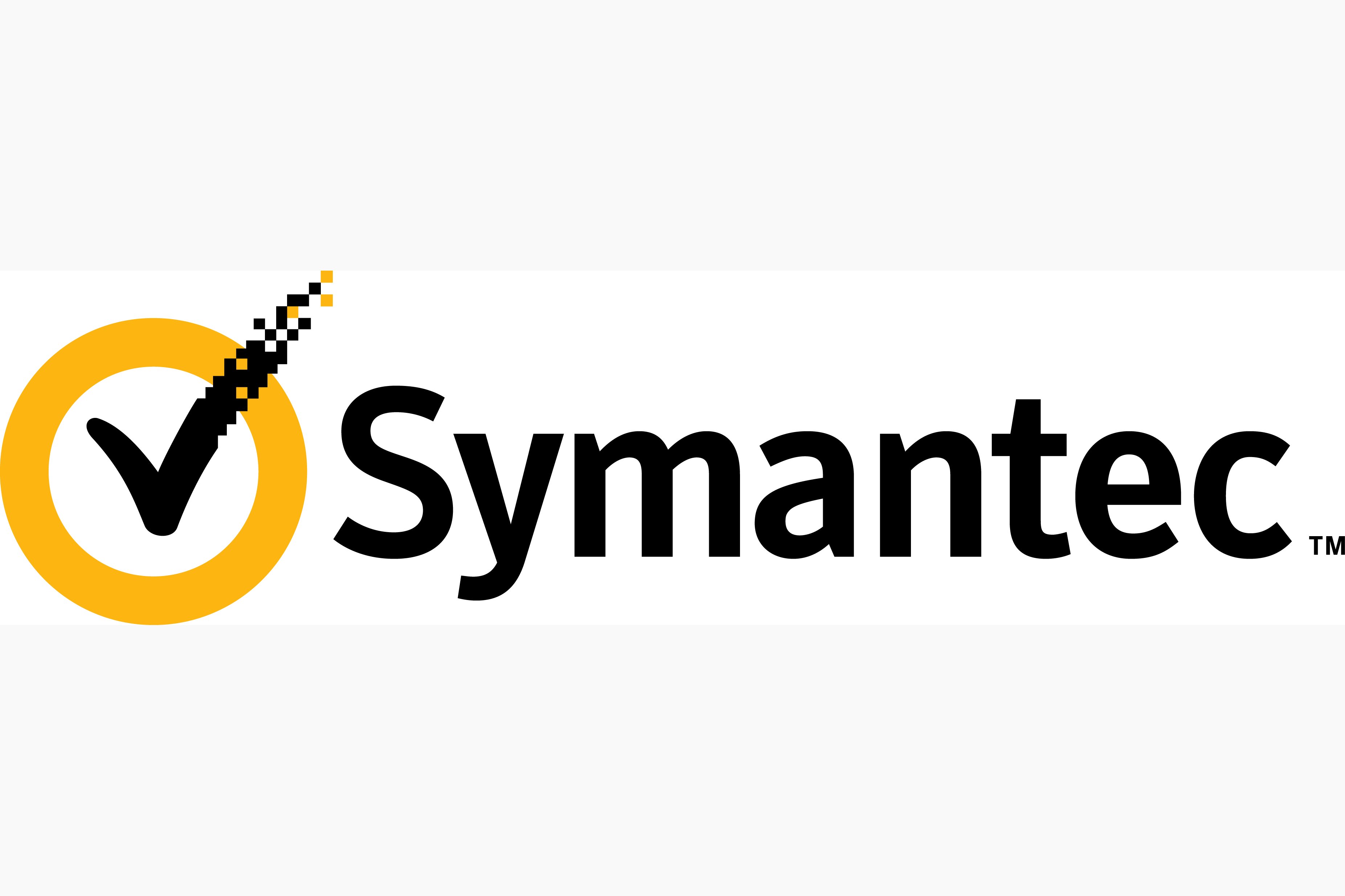Researchers make Stuxnet breakthrough
Symantec researchers have discovered what specific devices Stuxnet was going after.


Security researchers have made a breakthrough in understanding Stuxnet and have nailed down exactly what devices were targeted by the malware.
Stuxnet was going after frequency converters, which can be found in industrial control systems and are used to control motors in industrial plants, Symantec researchers discovered.
They also found, with assistance from outside sources, the malware targeted specific models of these converters one that was produced in Finland, the other which was created in Tehran.
Iran was seen as the chief target of Stuxnet. Officials in the country told the Associated Press earlier this year infections were found on worker computers at Iran's first nuclear power plant, but attacks had been successfully fended off.
By making changes in frequencies, Stuxnet could cause significant damage at infected sites, explained Orla Cox, security operations manager at Symantec.
"What we've determined is that Stuxnet is targeting very, very high frequencies," Cox told IT PRO.
"It is unusual to see frequencies this high and there are very few industries that we know of that would use devices operating at these frequencies."
Get the ITPro daily newsletter
Sign up today and you will receive a free copy of our Future Focus 2025 report - the leading guidance on AI, cybersecurity and other IT challenges as per 700+ senior executives
Uranium enrichment is one sector that would use such high frequencies, Cox said.
Symantec has called for other experts to help with the Stuxnet research to find out what other industries may use these kinds of frequencies.
So far help has been forthcoming, as in the latest breakthrough where a Dutch expert pitched in.
Now Symantec will push forward with its investigation into Stuxnet, which has been more successful than the security giant had believed it could be.
"We'll never get a 100 per cent story of what actually happened, but certainly we've been able to get a lot closer than we thought we could originally," Cox added.
Tom Brewster is currently an associate editor at Forbes and an award-winning journalist who covers cyber security, surveillance, and privacy. Starting his career at ITPro as a staff writer and working up to a senior staff writer role, Tom has been covering the tech industry for more than ten years and is considered one of the leading journalists in his specialism.
He is a proud alum of the University of Sheffield where he secured an undergraduate degree in English Literature before undertaking a certification from General Assembly in web development.
-
 Cleo attack victim list grows as Hertz confirms customer data stolen
Cleo attack victim list grows as Hertz confirms customer data stolenNews Hertz has confirmed it suffered a data breach as a result of the Cleo zero-day vulnerability in late 2024, with the car rental giant warning that customer data was stolen.
By Ross Kelly
-
 Lateral moves in tech: Why leaders should support employee mobility
Lateral moves in tech: Why leaders should support employee mobilityIn-depth Encouraging staff to switch roles can have long-term benefits for skills in the tech sector
By Keri Allan
-
 Power stations under attack from long-running hacking campaign
Power stations under attack from long-running hacking campaignNews Dragonfly threat group is ramping up activities, say researchers
By Adam Shepherd
-
 Symantec profits surge as firms prop up their cyber defences
Symantec profits surge as firms prop up their cyber defencesNews The company also announced plans to sell its web certificate business
By Dale Walker
-
 Symantec to pay $4.65 billion to acquire Blue Coat
Symantec to pay $4.65 billion to acquire Blue CoatNews Greg Clark to become Symantec CEO, promising new cloud security
By Aaron Lee
-
 Symantec ditches reseller guilty of scamming PC users
Symantec ditches reseller guilty of scamming PC usersNews Silurian told people they had malware, then sold them Norton Antivirus for $249
By Joe Curtis
-
 NATO builds up cyber alliance with Symantec tie-in
NATO builds up cyber alliance with Symantec tie-inNews Military industrial link up to fight cyber attacks
By Rene Millman
-
 Junk emails fall to their lowest rate in 12 years
Junk emails fall to their lowest rate in 12 yearsNews Spam is dropping, says Symantec, but other malware threats are on the rise
By Joe Curtis
-
 Kaspersky: "We have never been asked to whitelist malware"
Kaspersky: "We have never been asked to whitelist malware"News A company blog has revealed neither government nor any other entity has asked it to stop detecting malware
By Clare Hopping
-
 Symantec confirms split into separate security & storage entities
Symantec confirms split into separate security & storage entitiesNews Storage and security will be separated as Symantec tries to boost sales in both
By Adam Lee